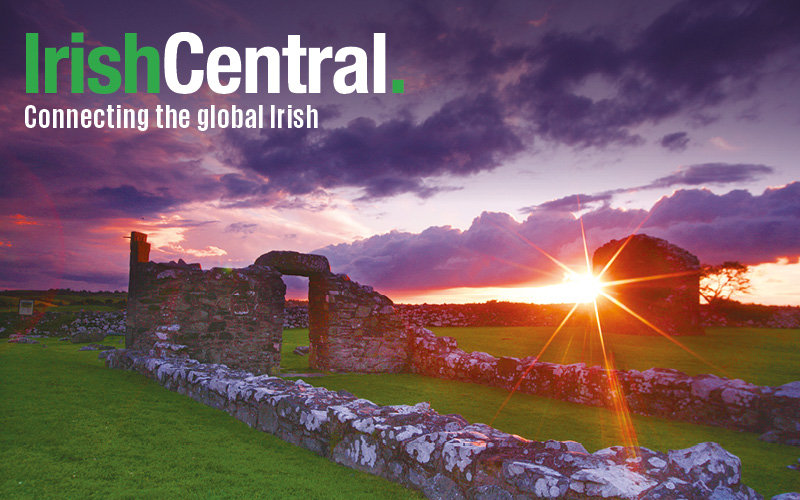The announcement of an Irish election for late February will be made this week, kicking off an intense three-week campaign that contrasts greatly with the 18 month American presidential marathon.
The amount of money spent will be miniscule in comparison too.
About $10,000 is the maximum amount for any Irish candidate which would buy you 10 seconds or so in the local UHF station in Big Flats, Wisconsin.
Television political broadcasts are free and each party will have funds they raised, usually in the $400,000 range for the bigger parties on posters, newspaper ads, and election material.
The short duration is merciful too, based on the British system, which allows for a short, sharp campaign where debates between party leaders are usually the only game changer.
Read more: Irish general election is called by Taoiseach for February 26
The Irish election seems both predictable and unpredictable on this occasion. For the first time the Irish government may feature the two traditional main parties, Fianna Fail and Fine Gael, which have never been in government together in 90 years.
The prospect of a coalition between Fine Gael and Fianna Fail has been discussed far and wide and is the bookmaker’s choice for the next government.
That combination would finally lead to the left/right alignment long the normal in Europe. The opposition in such a case would be Sinn Fein, Labour and various smaller left independent parties.
Whoever his partners are, there seems little doubt that Enda Kenny will be back as taoiseach, but who will accompany his party in government remains the intriguing factor.
There is only one way that Kenny could be kept out of power: if Fianna Fail and Sinn Fein joined together in coalition which would give them about 40 percent combined, and bring other independents in.
Alternately, despite the expected low number of seats for Labour which has acted as the mudguard for Fine Gael in government and absorbed much of the blame for steep welfare cuts, they could re-form a government with Fine Gael and any number of independents, but it would be a far from secure one.
Independents are notoriously riven with different factions that don’t get along, all little emperors in their own fiefdom. There is also a question if Labour will stay out of power if their numbers are very low and try to build the party back up from opposition.
So the only obvious factor we know is that Kenny is very likely to be the future leader of the Irish Republic. Who will accompany him into office is the real brain teaser of this election.
Of course like the Iowa and British election polls, there is no guarantee the polls will provide an accurate snapshot. Given the vagaries of polling, the usual Irish reticence to reveal too much and the confused political landscape, there is a through the glass darkly sense about this election.




Comments